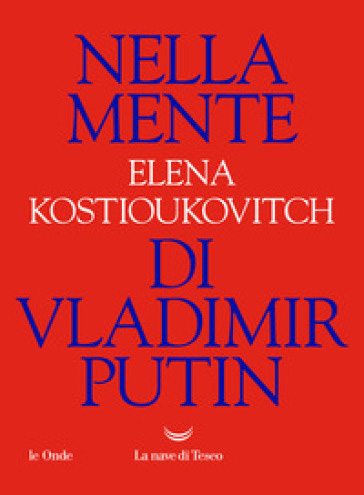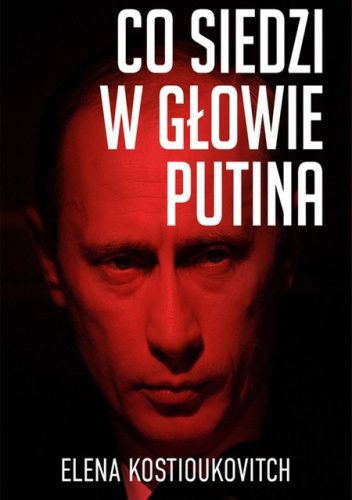This book was specifically born to assemble in a single volume stories about the symbolic foods of each Italian region and the “ideological” contents of a world that is only apparently gastronomical. Who serves Parmesan cheese with their pasta? Who prefers Pecorino? Why should pizza be thin and not greasy, unlike the way it’s made in fast food places throughout the world? Why is panettone richer and more opulent than the Venetian pandoro? What are the disturbing poetic legends surrounding Sicilian cassata?
The more you know Italy the more it becomes evident that each community has its “edible insignia”, namely, a dish or product that has been developed to perfection in that place: steak Florentine, risotto Milanese, radicchio Trevisano, Caprese salad. And the inhabitants are proud of this specialty.
The book is structured as an imaginary journey from region to region, north to south down the peninsula. For each region I attempted to identify which foods are immediately associated with which territory in the Italian collective imagination, and why that is so. Also included is a broad review of the lexicon along with the most prevalent notions.
I also briefly allude to typical dishes and products for each region, summarizing their characteristics without any pretext at being exhaustive (heaven forbid!); and in an arbitrary, totally personal way, I cite the beverage or type of beverage that I ascribe to that zone through some free association of memory or emotion. In any case, I wish to specify that this is a book about food, and absolutely not about wines… How could it be, without at least doubling the number of pages?
Moreover in the book I became fascinated with examining that culinary code that applies to all of Italy. This code is a language to be studied both by foreigners and by Italians, a language that must be analyzed in depth in order to fully grasp all of its nuances.
I say this with admiration: for Italians, unlike for any other peoples in the world, talking about food does not mean simply naming an ingredient, but celebrating a rite. Uttering a magic formula. Reciting like a litany the list of fish suitable for salting, or that of the spring herbs that make up the Ligurian preboggian bouquet. It is as if the person speaking were able to taste all the seasonings attuned to the food he has named. Pronouncing the names of the various dishes, the connoisseur of Italian cuisine mentally savors an entire restaurant menu, from the first to the last entry. And the menu is like a rosary, or like Don Giovanni’s catalog. I have tried to create little personal catalogs of cooking methods, sauces and gravies for pasta, and pairings of pasta shapes and sauces. I have added them at the end of the book. Exploring the culinary code is also a linguistic study. The food code clarifies and organizes the body of information referring to history, geography, agriculture, zoology, ethnography, design, the semiotics of daily life and applied economics.
This is the secret behind the joy that is evident in the conversations Italians have about food. A theme that allows us to discover the riches of memory, enjoy the curiosities of lexicon, become intoxicated by our own eloquence and that of others, and share with friends the results of studies undertaken during leisure time. Thanks to an interest in food, I touch upon completely different topics that in the book are found in the “intermezzi”: intervals randomly inserted between one region and another, depending on instinct rather than affinities with this or that region. From one food to another, there is occasion to speak about history, sociology, democracy and totalitarianism. From one dish to another, Italian history in its various associations with that of other countries comes to the forefront. I then emphasize how individual cultures that evolved within the peninsula had a great influence on the formation of the culinary code.
Since the culinary code is a kind of encyclopedia, we will enjoy exploring our gastronomic knowledge as in a catalog. Moreover, the subject matter of cuisine will provide an occasion to talk about romantic essays and an explicit philosophy of living well and living soundly. Other digressions will focus on the self-esteem of those who, in conversation, wish to display their knowledge of basic ingredients and their skill in navigating among saucepans and cooking stoves. We will discover how the culinary code represents a kind of glue, a unifying element of national identity, more so than other common values and ideals. At times, with the most compelling passion.
Examining the culture of food, we also come to understand its unique feature of inspiring joy and creating harmony. Whether at table with family, in a restaurant with friends or at a scientific conference, wherever and however, food is talked about in a language that is accessible to all, exciting to everyone, democratic and positive. Those who chat about food may belong to the most diverse social strata, yet whatever their origin and income level, they readily find a common language with others. Carlo Petrini, the founder of the Slow Food movement in defense of traditional, acculturated cuisine, explains this unique, unifying language in these words: “There are some who describe it as a language: it has words (the products, the ingredients), that are organized according to rules of grammar (the recipes), syntax (the menu) and rhetoric (convivial conduct). Like language, cooking embraces and expresses the culture of those who practice it; it is a depository of the traditions and identity of a group. It self-portrays and communicates, in a manner even stronger than language, because food is able to be directly assimilated by our organism: eating someone’s food is easier and more immediate than speaking his language…” (Petrini, Buono, pulito e giusto, p. 75 [Good, clean and right]).
In this way a language of culture is born, that is resistant to consumerist contagion. Consumerism and its vehicle, advertising, are obsessed with the here and now and with the ephemeral. They are stubbornly aimed at devaluing what already exists and increasing the value of what is novel. The language of culture, on the other hand, is oriented toward history, and dismisses trendy gimmicks as mere kitsch. The Italian culinary code is imbued with dignity, democratic feeling and erudition.
By now you have gathered that this code is both the means and the end of this book. As a foreign student of Italian culture, I confess that discovering it and analyzing it has absorbed me completely, drawing me under its spell. Just as so many years ago I was drawn in by the country that saw the birth of this code, the Italy that I will never have my fill of discovering, and that each day increases my hunger for beauty and my thirst for art… I know you will understand.
(English translation copyright © 2009 by Anne Milano Appel)


